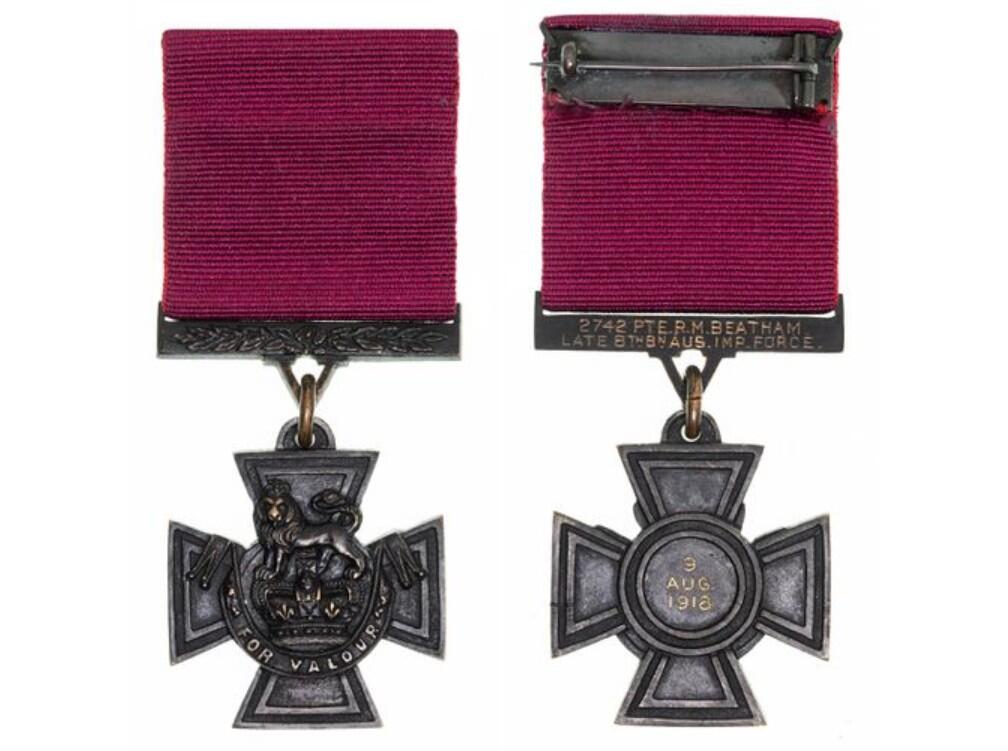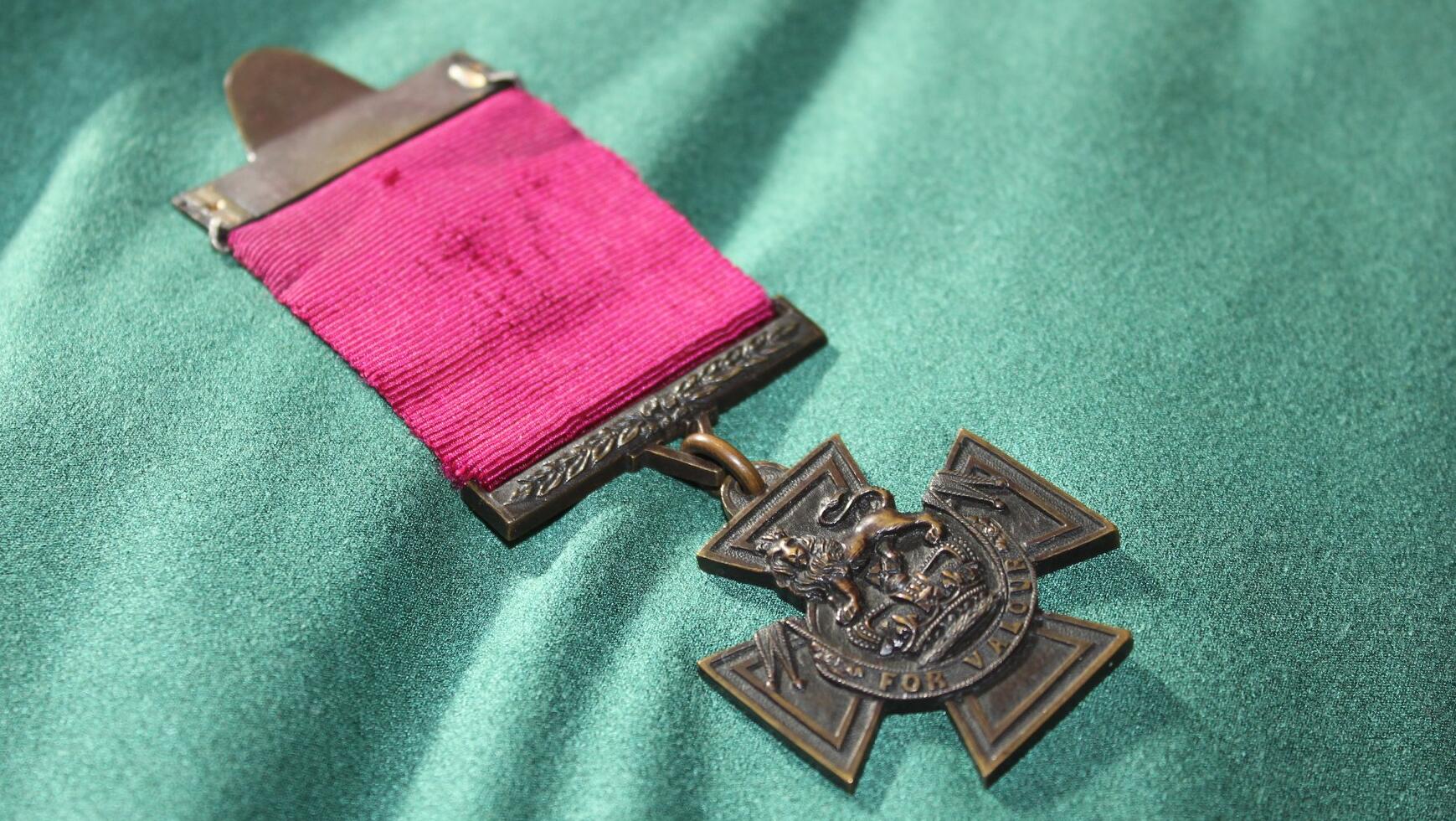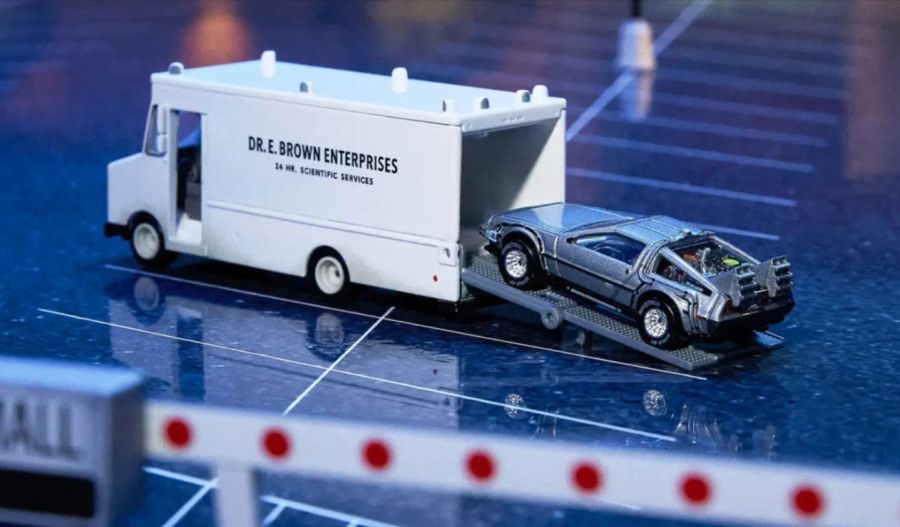A Victoria Cross posthumously awarded to Private Robert Matthew Beatham for gallantry at the 1918 Battle of Amiens will anchor Noble Numismatics' auction next week for an estimated £500,000.
The auction runs from Monday 28 July to Friday 1 August 2025 at Sydney's State Library and showcases 4,800 lots, including medals, coins, and artwork.
The star (or cross?) of the show, Beatham's Victoria Cross represents the apex of military collectibles investment and medals' increasing worth.

Military medals outpace traditional investments
Victoria Cross auction prices have surged dramatically in recent years.
Thomas Henry Kavanagh's medal sold for £930,000 in 2022 - more than twice its guide price - establishing new benchmarks for the 1,358 Victoria Crosses ever awarded.
Recent sales demonstrate sustained market strength.
Henry Peel Ritchie's WWI Naval VC fetched £240,000 in July 2024, while Captain Noel Chavasse's VC and Bar commanded £1.5 million in 2009.
The military medals sector benefits from unique market dynamics unlike traditional collectibles.
Medal collecting attracts passionate enthusiasts who view themselves as custodians rather than investors.
This creates stable demand at the premium end where prices have risen sharply in recent years.
Beatham's heroic final charge
Private Beatham's decoration stems from extraordinary gallantry during the Battle of Amiens.
This was the opening phase of the Allied offensive which began on 8 August 1918, later known as the Hundred Days Offensive.
On 9 August, 1918 at Rosières, east of Amiens, Beatham's battalion was attacking high ground backed up by heavy machine gun fire after supporting armour was knocked out of action.
Beatham, accompanied by Lance Corporal W. G. Nottingham, made four charges to knock out a series of German machine gun posts.
The 24-year-old Cumberland-born labourer was wounded in the leg during the first charge and eventually killed taking out a final machine gun post on August 11th.
His citation records killing ten Germans and capturing ten others, “thus facilitating the advance and saving many casualties”.
The Commonwealth's rarest military honour
The Victoria Cross was introduced on 29 January 1856 by Queen Victoria to honour acts of valour during the Crimean War.
Since then, the medal has been awarded 1,358 times to 1,355 individual recipients.
Only 15 medals have been awarded since the Second World War, while almost every VC from the First World War surpasses £100,000.
Research shows that the metal for most medals made since December 1914 came from two Chinese cannons, replacing the traditional belief about Russian cannon origins.
This metallurgical heritage adds historical intrigue for sophisticated collectors.
Investment market mirrors geopolitical trends
The medals market reflects broader collecting trends favouring tangible assets with proven reverence.
Lord Ashcroft's dominance as the world's leading Victoria Cross collector has helped push up prices, with his extensive holdings now displayed at the Imperial War Museum.
Collectors are particularly interested in the stories that led to awards, with documents or related ephemera significantly adding to medal values.
Australian and other Commonwealth collectors show particular interest in Victoria Crosses awarded to compatriots.
The Canadian War Museum paid $420,000 for Corporal Colin Barron's Passchendaele VC in 2017, demonstrating institutional demand to preserve national military heritage.
Unlike cryptocurrency or growth stocks, military medals offer stability through scarcity and emotional connection.
Medal collecting is carried out by those who view themselves as custodians rather than owners of investments. This respect for historical importance offers comfort to those parting with family heirlooms.



